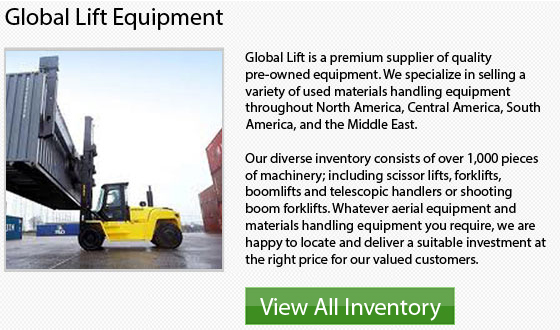
There are some applications that entail a lot more reach than the regular job. For these instances, the ever-growing variety of telescopic and articulating booms is a great alternative. Engine-powered or bi-energy or electric booms are great for outdoor, indoor or rough-terrain applications, so technically, there is a suitable boom lift available for each and every type of task. Just take the time to figure out what kinds of capacities you would require to get the task done and what type of cargo you would be dealing with.
As aerial work platforms, the articulating booms utilize many boom parts which hinge or articulate. These machinery provide a maximum reach of 21 feet 5 inches or 6.25 meters to 69 feet 9 inches or 21.26 meters. These models can vary in height between 36 feet and 11.14 meters or 141 feet or 43.15 meters. Normally, articulated boom units are classified by platform height and by horizontal reach.
Articulating booms are normally utilized to access work places over obstacles and barriers including machines or shelving. Compared to telescopic booms, they have less horizontal outreach, the articulating booms offer greater versatility and better up and over positioning . This enables better access for overhead work places from aisles and from tight areas. Throughout the variety of articulating booms, the majority of them could hold weight capacities of up to 227 kg or 500 pounds. These equipment are able to lift 2 operators and their tools easilyand at times extra materials.
There are both rough terrain and industrial articulating booms, like scissor lifts. Industrial models are normally outfitted with non-marking tires and are intended for indoor operation. The majority of articulated boom manufacturers utilize clean burning fuels like DC electric power or liquid propane gas or LPG for their industrial models. AC drive system technology is popular in industrial forklifts, although it is new to the market of aerial work platforms. This technology combines 3-phase AC drive motors together with DC batteries for more drive speed and braking, continuous control of turning and overall energy efficient operation.
The rough terrain models have been designed particularly to work on rugged work locations. These machines have features such as diesel engines, lug-tread tires, 4-wheel drive and an oscillating axle. These are common specialized items used on rough-terrain articulating booms. These heavy-duty add-ons are what make these machinery able to withstand the rough environments they work in.